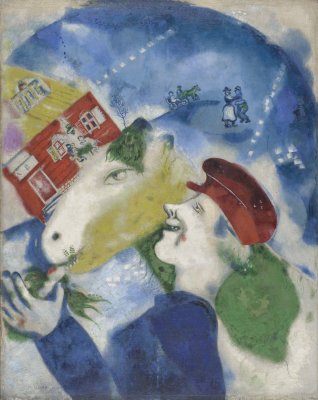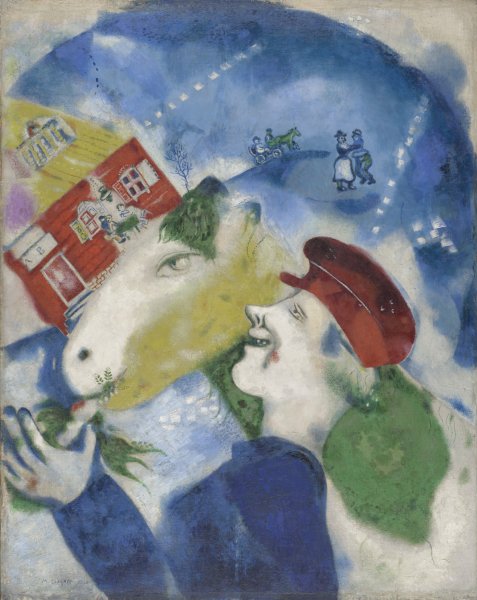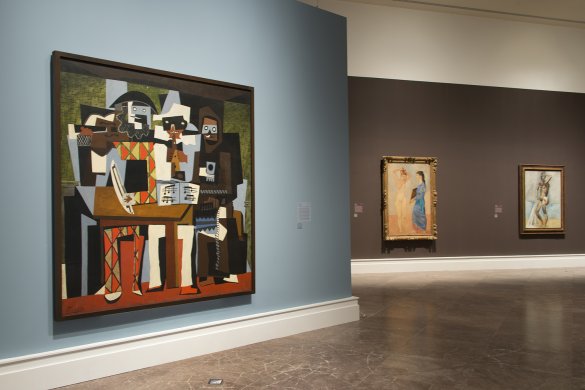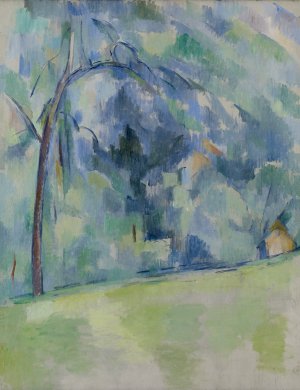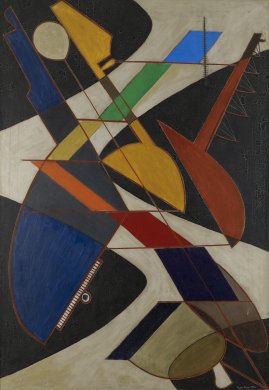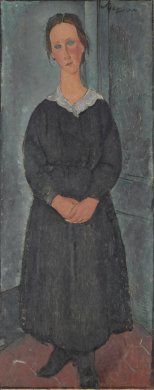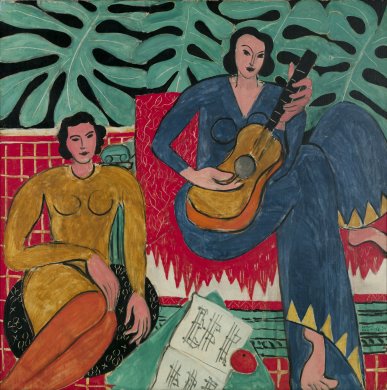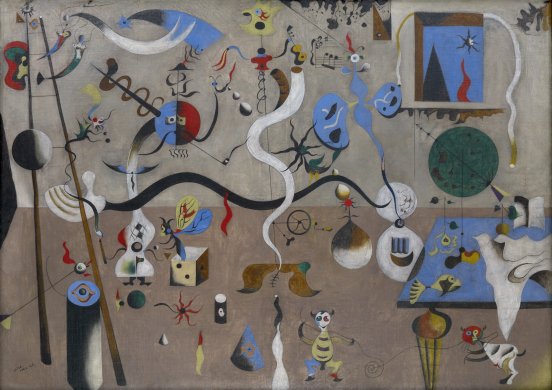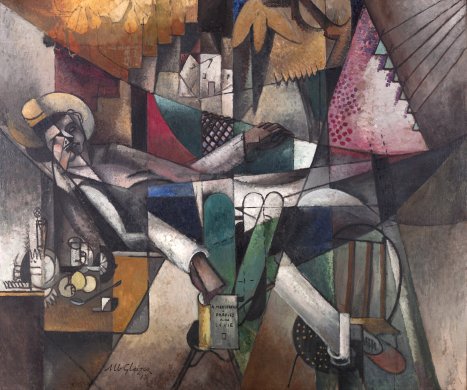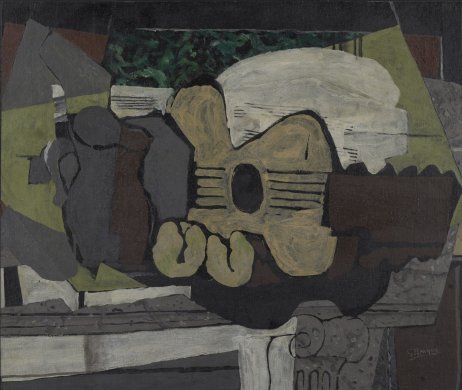Throughout his lifetime, Pablo Picasso moved in and out of many social circles. His closest friends included some of the greatest creative minds of the early twentieth century. Many of the works in Picasso: The Artist and His Models highlight how the artist’s personal relationships not only influenced his compositions but also helped steer the ever-changing course of his career.
Marc Chagall’s early life in a region of what was then Russia (now Belarus) formed the underlying basis of his artistic themes. Works like Peasant Life call on his happy memories and the joyful beliefs of Hasidic Judaism, such as the importance of emotion over intellect and the delight in experiencing a loving creator all around you. Upon moving to France in 1910, Chagall was anxious to encounter Pablo Picasso. However, their paths did not cross until 1944, after Chagall wrote to the artist inviting him to meet. So began twenty years of friendship and inspirational conversation, which came to an abrupt end after the pair exchanged heated words at a 1964 dinner party held in Chagall’s home. Despite this, Picasso still had great admiration for Chagall and always spoke highly of him.
